A jammed finger is an injury to the joint that causes the tip of the finger to straighten. The joint is called the proximal interphalangeal joint (PIP), and small ligaments called collateral ligaments that support the joint are also prone to injury.
A jammed finger occurs when there is a blunt impact on the tip of it, causing the small ligaments in the finger to strain or overstretch. The injury may also cause a dislocation of the joint or a small fracture. A fracture occurs when the force of impact causes an injury to the bone or the tendons.
Typically, the injury will heal fast, especially if the finger does not have a fracture. Although, the pain may linger for months when pressure is applied to the finger. Severe injuries require medical treatment to prevent damaging the finger permanently.
Causes of a Jammed Finger:
A jammed finger is a common injury for people playing sports such as basketball, baseball, and volleyball. This injury also occurs when the tip of a person’s finger presses against the hand forcefully. This pressure causes the ligaments to strain or overstretch.
Injuries may also occur when:
- You close a door or drawer on the finger.
- You injure the finger on the steering wheel during an accident.
- Catch your fall with your hand.
Symptoms of a Jammed Finger:
A jammed finger causes difficulty with movement, swelling, and pain. The duration of the inflammation depends on the extent of the injury. Other symptoms of a jammed finger may include:
- Stiffness
- Redness
- Difficulty to hold onto an item
How to Treat the Injury:
Treatment depends on the extent of the injury. Home remedies come in handy when the finger has a mild injury.
Those treatments are as follows:
- Applying ice on the Finger: Apply ice on the finger for 15-20 minutes. You can put crushed ice in a plastic bag or use an ice pack and cover it with a towel. The ice reduces swelling and pain and prevents further tissue damage.
- Immobilizing the finger: A splinter is used to straighten the finger as it heals. You need to wear the splint for 6-8 weeks or more. especially if you are still engaging in rigorous sports activities
- Elevate: The hand should remain elevated to help reduce pain and swelling. You can prop it on blankets or pillows to keep it comfortable.
- Compression: Wrap the finger to reduce inflammation and enhance healing. Avoid binding the finger too tightly as it could affect circulation.
- Over the counter medication like ibuprofen and acetaminophen also help reduce inflammation and pain.
If your jammed finger does not appear to be healing, call us for a hand/wrist specialist at 888-409-8006. Offices are located conveniently in South Florida, Boca Raton, Deerfield Beach, Coral Springs & Plantation.

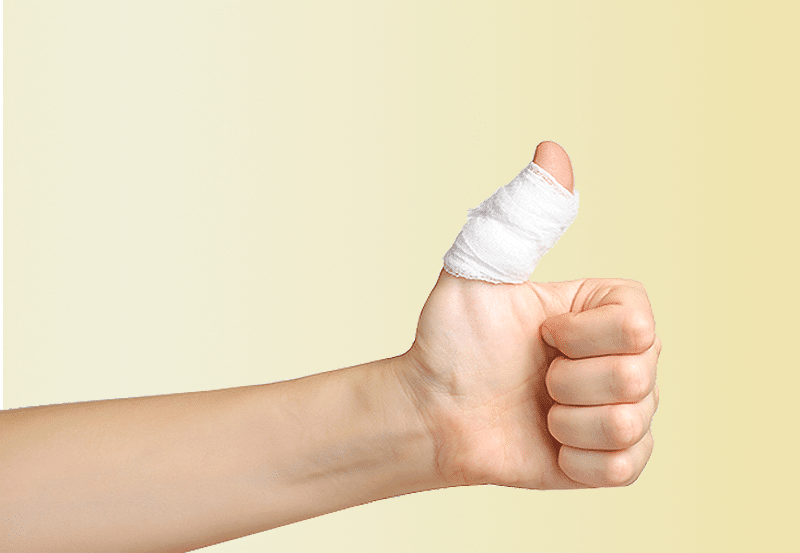

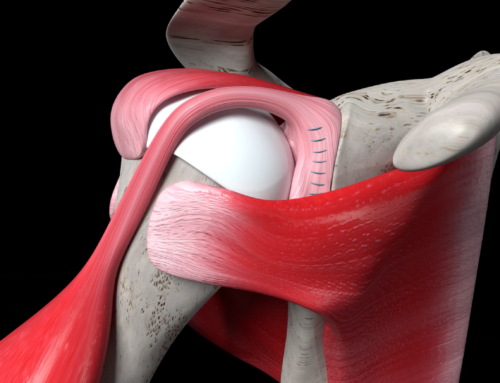
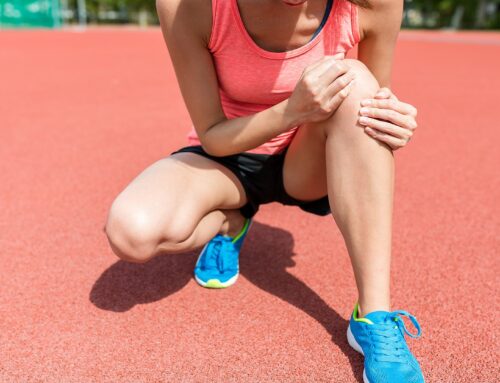
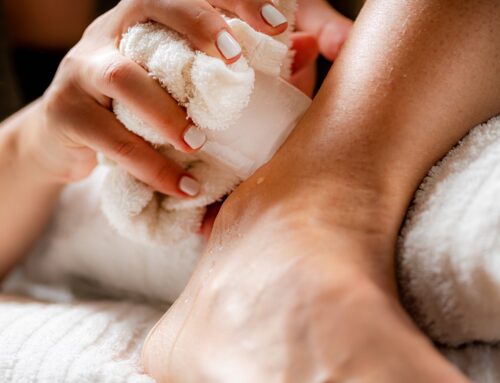
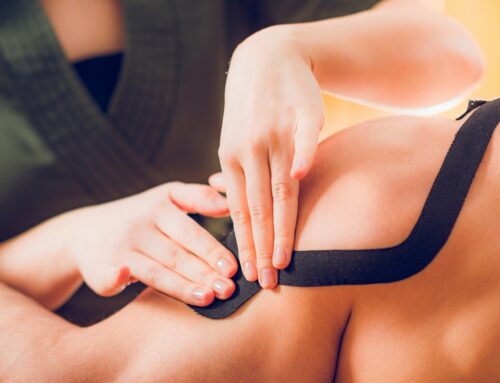
Leave A Comment